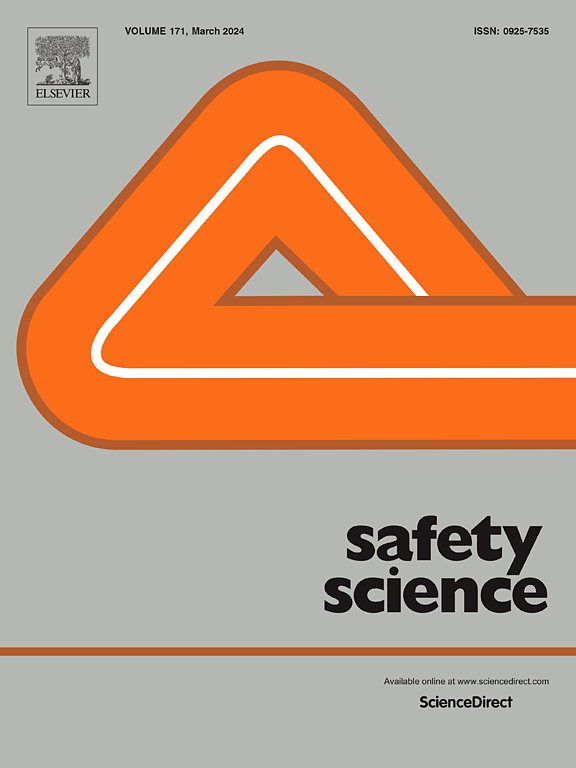Analysis of a large fire in an apartment building used for social housing in Norway
IF 4.7
1区 工程技术
Q1 ENGINEERING, INDUSTRIAL
引用次数: 0
Abstract
At 2 a.m. August 7th 2021, the emergency response centre of the city of Bergen, Norway, received a call from a private citizen reporting large flames appearing from a 4 floor 24 apartment municipal building housing people with drug addiction. Upon arrival 11 min later, the first responders faced a fire that had already spread and involved the whole building. To their surprise, all residents were already accounted for outside the building. The present study analyses why the fire developed that fast, why the automatic fire alarm system did not warn the emergency response centre early and how all occupants were accounted for in such a dramatic fire scenario. It turns out that the fire most likely started in one of the all-wooden floor balconies at ground level. The originally planned 1.2 m tall balcony glazing facing a public road had been substituted by wood to ensure privacy and prevent visibility. The balcony subdivision walls had 20 cm gaps at ceiling level. Analysis confirmed that this balcony construction, i.e., all-wooden and with gaps at the top of the division wall, contributed significantly both during the early fire development as well as to the very fast vertical and horizontal fire spread over the entire building façade. Post-fire interviews revealed that a significant number of occupants were awake this night, allowing them to promptly detect the fire in the building. A close-knit relationship network, including both friends and acquaintances, was of major importance regarding door-to-door alarming unaware residents about the immediate danger. From the investigations conducted after the fire it is quite clear that under different circumstances this fire could have resulted in multiple fatalities. Though the incident may be considered a success regarding the “no loss of lives” focus in Norwegian fire safety regulations, the study revealed weaknesses in balcony construction and use of materials as well as lack of exterior automatic fire detection and mitigation of external fires. The study revealed important learning points for future prevention of possibly far worse fire incidents, as well as the importance of a close-knit relationship network in a crisis situation.
求助全文
约1分钟内获得全文
求助全文
来源期刊

Safety Science
管理科学-工程:工业
CiteScore
13.00
自引率
9.80%
发文量
335
审稿时长
53 days
期刊介绍:
Safety Science is multidisciplinary. Its contributors and its audience range from social scientists to engineers. The journal covers the physics and engineering of safety; its social, policy and organizational aspects; the assessment, management and communication of risks; the effectiveness of control and management techniques for safety; standardization, legislation, inspection, insurance, costing aspects, human behavior and safety and the like. Papers addressing the interfaces between technology, people and organizations are especially welcome.
 求助内容:
求助内容: 应助结果提醒方式:
应助结果提醒方式:


